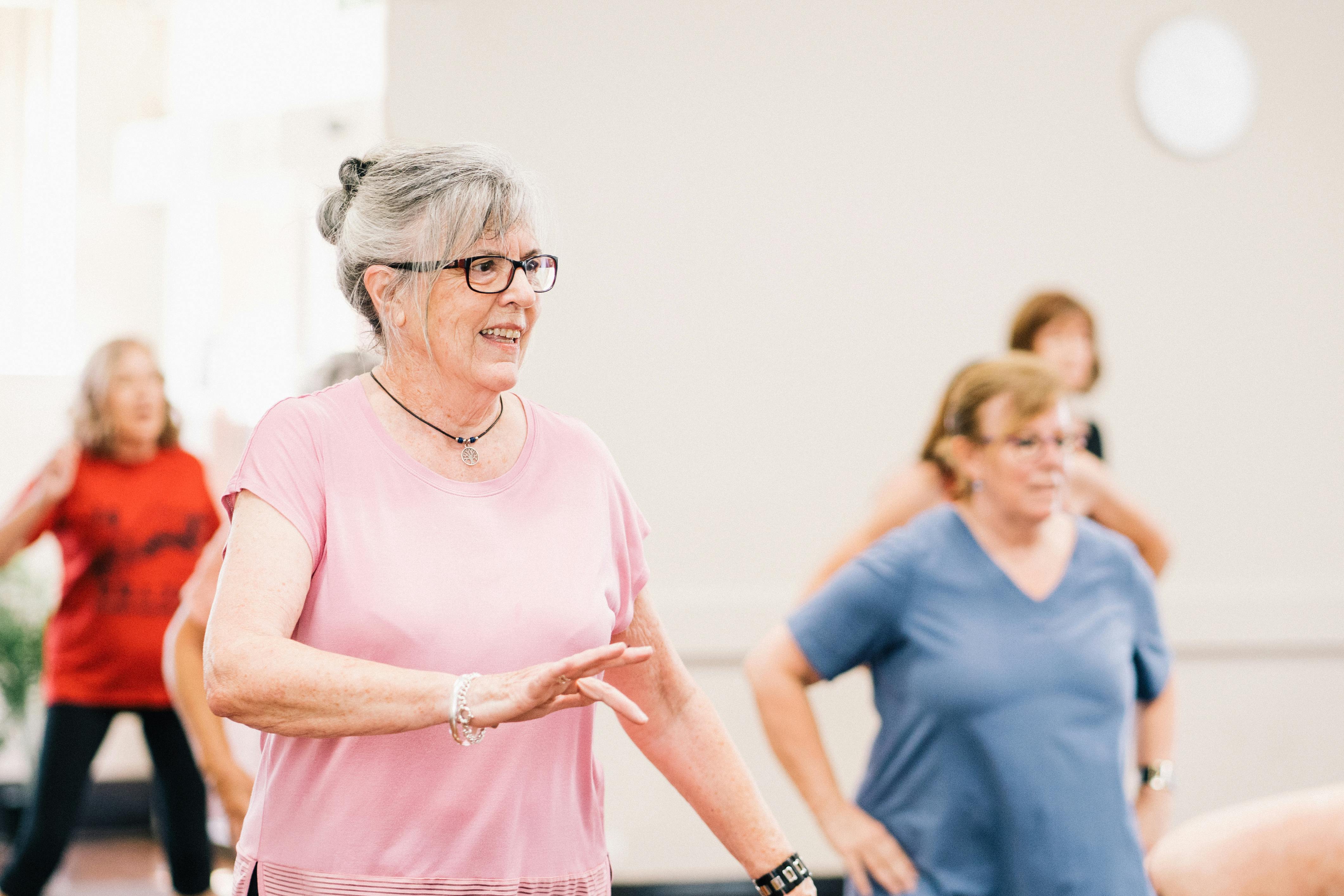Strength After 60: Simple Routines to Prevent Muscle Loss
35. Lateral Shuffles (Side-to-Side Stability and Quick Reaction)

While most strength training focuses on forward/backward movement, the ability to step quickly side-to-side is critical for recovering from a slip or avoiding an obstacle. Lateral shuffles train your inner and outer thigh muscles and the fast-twitch fibers needed for sudden, protective reactions. Stand tall with a chair or wall nearby for light support, if needed. Take a controlled, quick step to the right with your right foot, bringing your left foot to meet it. Immediately repeat for 5-10 steps, then reverse direction. The key is to stay slightly crouched and avoid letting your feet cross. Start with small, slow steps and gradually increase speed only as confidence allows. This builds the dynamic lateral stability that is your body's best defense against unexpected trips and falls on uneven ground.
36. Prone Glute Kicks (Hip Extensor Activation)

This exercise targets the power center for walking: the gluteus maximus (the largest buttock muscle) and the hamstrings. Lie face down on a mat or bed with a pillow under your hips for comfort, resting your head on your folded hands. Keep your hips pressed gently into the mat, and slowly bend one knee to a 90-degree angle. Gently and subtly squeeze your glute to lift that thigh about an inch or two off the mat, then lower slowly. Repeat 10–15 times and switch legs. This isolated movement builds the essential hip extension power required for pushing off when walking and counteracts the tendency to shuffle, promoting a stronger, more confident, and less painful upright posture.
